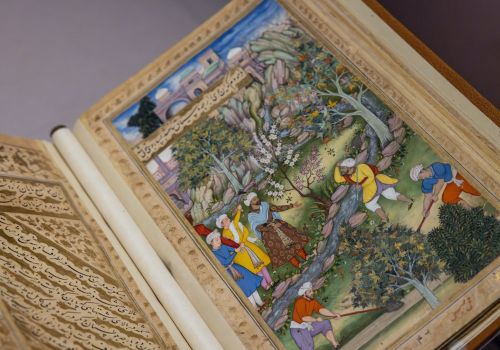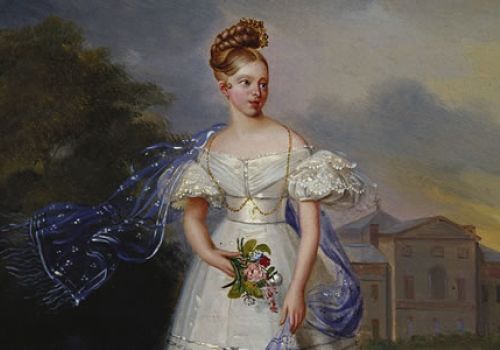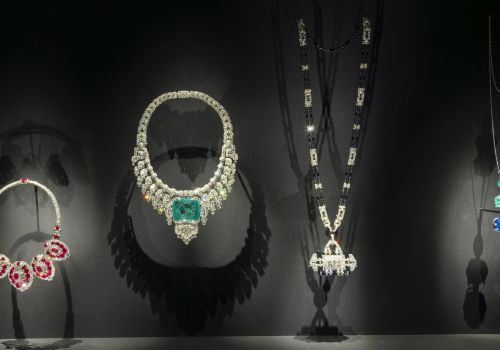Impressionists on Paper: Degas to Toulouse-Lautrec


Alla Royal Academy of Arts la mostra dedicata agli Impressionisti e ai Postimpressionisti, incentrata in particolar modo sui loro lavori su carta. Fino al 10 Marzo 2024.
Degas, Cézanne, Morisot, Van Gogh: i loro dipinti sono facilmente riconoscibili, ma i curatori della mostra alla Royal Academy of Arts hanno puntato i riflettori sui loro lavori su carta, sconosciuti per la maggior parte al grande pubblico.
Nel vortice e nel fremito culturale e sociale e negli aspetti di grande modernità e innovazione che caratterizzarono la Francia della fine del XIX secolo, gli artisti impressionisti e postimpressionisti trasformarono radicalmente le caratteristiche future dell’arte. Ma ciò non solo attraverso i dipinti: con un cambiamento sottile ma travolgente, elevarono lo status delle opere su carta, disegni, pastelli, acquerelli, tempere, gouaches, da uno schizzo preparatorio da lasciare sui tavoli dello studio, ad opere d’arte a pieno titolo.










Gli Impressionisti, e in seguito i Postimpressionisti, furono sempre pronti a sperimentare e a mettersi alla prova, realizzando numerose opere e utilizzando tecniche differenti, tra cui i disegni su carta, appunto. Essi amavano dipingere en plain air e riprodurre il paesaggio naturale o urbano così come è definito dalla luce e come appare al nostro sguardo. Riuscirono così a catturare il mondo dinamico e vibrante che li circondava, esplorando le eccitanti possibilità che il disegno su carta offriva, realizzando opere moderne e innovative, non sempre apprezzate dalla società del tempo.
Non va dimenticato che gli Impressionisti all’inizio provocarono scandalo, scalpore e le proteste degli artisti conservatori, tanto che gli accademici si rifiutarono di ammettere i loro lavori al Salon del Louvre. Crearono nel campo del colore una rivoluzione paragonabile a quella apportata dai Greci nel trattamento delle forme. Essi scoprirono che guardando la natura all’aria aperta, noi non vediamo oggetti singoli, ciascuno con il suo colore, ma piuttosto una mescolanza di toni che si fondono nel nostro occhio o meglio, nella nostra mente.
In questa ricca mostra, sono riuniti per la prima volta 77 opere su carta di importanti artisti impressionisti e postimpressionisti la cui innovazione sfidò gli atteggiamenti tradizionali e, successivamente, aprì la strada a numerosi movimenti successivi come l’Espressionismo Astratto, lo Spiritualismo e l’Astrattismo.






























